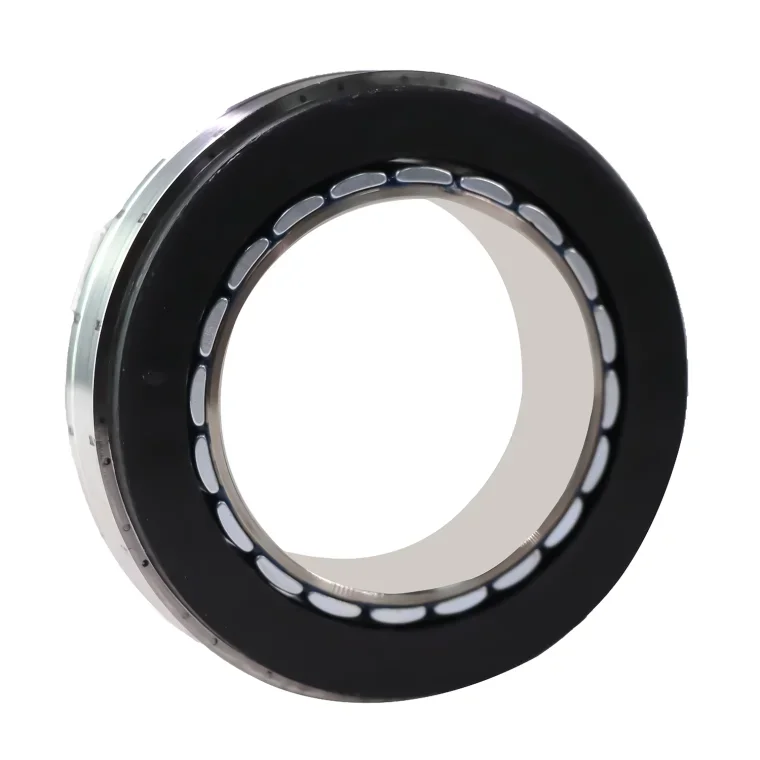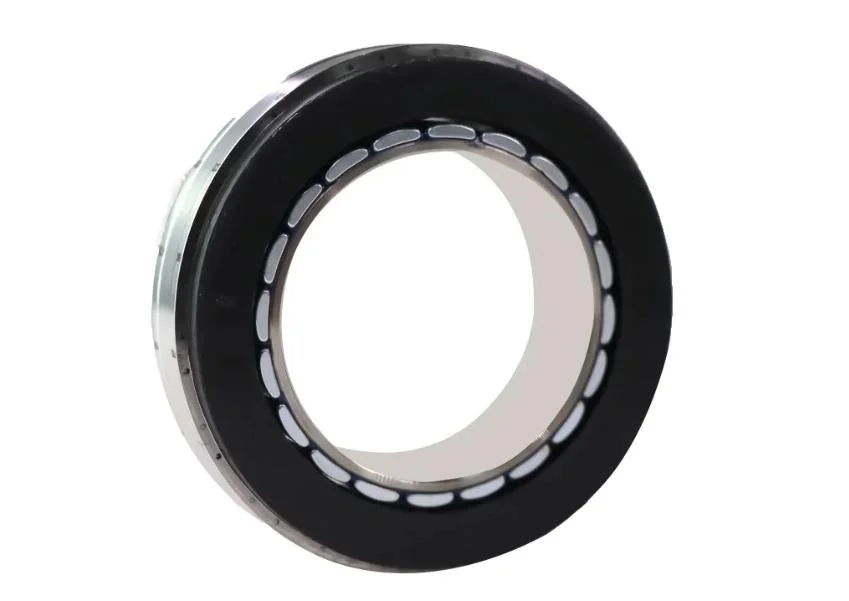In the world of industrial automation and robotics, motors play a pivotal role in driving innovation and efficiency. One of the most significant advancements in motor technology is the development of frameless motors. Unlike traditional motors, frameless motors offer a unique set of benefits that make them ideal for a wide range of applications, from robotics and aerospace to medical devices and electric vehicles. In this blog post, we will delve into the features, advantages, and applications of frameless motors, and explore why they are becoming an increasingly popular choice in various industries.
Understanding Frameless Motors
What Are Frameless Motors?
Frameless motors are a type of electric motor that lacks an external frame or housing. Instead, they consist of two main components: the rotor and the stator. The rotor is the rotating part of the motor, while the stator is the stationary component that houses the winding coils. These two components are supplied separately and integrated directly into the machine or device they are intended to power. This design allows for greater flexibility and customization in motor applications.
How Do Frameless Motors Work?
Frameless motors operate on the same basic principles as traditional electric motors, converting electrical energy into mechanical energy through electromagnetic interactions. When an electric current passes through the stator's windings, it creates a magnetic field that interacts with the magnetic field of the rotor, causing it to rotate. This rotational motion can then be harnessed to perform various tasks, such as driving a robotic arm or powering an electric vehicle.

Advantages of Frameless Motors
Frameless motors offer several advantages over traditional housed motors, making them an attractive option for a wide range of applications:
Compact and Lightweight Design
One of the most significant advantages of frameless motors is their compact and lightweight design. By eliminating the need for an external housing, frameless motors reduce the overall size and weight of the motor system. This makes them ideal for applications where space and weight are critical factors, such as in aerospace and portable medical devices.
Greater Design Flexibility
Frameless motors provide greater design flexibility compared to traditional motors. Because the rotor and stator are supplied separately, engineers have the freedom to integrate these components directly into their designs. This allows for customized solutions that meet specific application requirements and constraints, resulting in more efficient and optimized systems.
High Torque Density
Frameless motors offer high torque density, meaning they can deliver a significant amount of torque relative to their size. This makes them ideal for applications that require powerful and efficient motion control, such as robotics and automation systems. The high torque density of frameless motors also contributes to their compact design, as less space is needed to achieve the desired performance.
Improved Thermal Management
The open architecture of frameless motors allows for better thermal management compared to traditional motors with enclosed housings. This design enables more efficient heat dissipation, reducing the risk of overheating and improving the motor's overall performance and longevity. In applications where temperature control is critical, frameless motors offer a significant advantage.
Reduced Maintenance Requirements
Frameless motors typically have fewer components and moving parts compared to traditional motors, resulting in lower maintenance requirements. This simplicity reduces the likelihood of mechanical failures and extends the lifespan of the motor. Additionally, the absence of an external housing makes it easier to inspect and service the motor components, further reducing maintenance time and costs.
Applications of Frameless Motors
The unique features and advantages of frameless motors make them well-suited for a wide range of applications across various industries:
Robotics and Automation
Frameless motors are widely used in robotics and automation systems due to their compact design, high torque density, and flexibility. They are often integrated into robotic arms, actuators, and other motion control devices, providing precise and efficient control in demanding applications. The ability to customize the motor's integration also allows for more streamlined and agile robotic systems.
Aerospace
In the aerospace industry, frameless motors are valued for their lightweight and compact design, which is essential for minimizing weight and maximizing efficiency in aircraft and spacecraft. They are commonly used in applications such as flight control systems, satellite positioning, and unmanned aerial vehicles (UAVs), where performance and reliability are critical.
Medical Devices
Frameless motors play a crucial role in the design of medical devices, where precision, compactness, and reliability are paramount. They are often used in surgical robots, imaging systems, and portable medical equipment, enabling advanced healthcare solutions that improve patient outcomes. The customizable nature of frameless motors also allows for integration into devices with unique design and performance requirements.
Electric Vehicles
In the automotive industry, frameless motors are increasingly being used in electric vehicles (EVs) and hybrid vehicles. Their high torque density and efficient thermal management make them ideal for driving electric propulsion systems, providing the power and performance needed for modern EVs. Additionally, the compact design of frameless motors helps optimize the vehicle's overall weight and space utilization, contributing to improved efficiency and range.
Industrial Equipment
Frameless motors are also found in various industrial equipment and machinery, where their high torque density and reliability are essential for demanding applications. They are used in machine tools, conveyor systems, and material handling equipment, providing efficient and precise motion control that enhances productivity and operational efficiency.

Conclusion
Frameless motors represent a significant advancement in motor technology, offering a range of benefits that make them an ideal choice for a variety of applications. Their compact and lightweight design, high torque density, and design flexibility provide engineers with the tools they need to create innovative and efficient solutions across industries. Whether in robotics, aerospace, medical devices, or electric vehicles, frameless motors are driving progress and unlocking new possibilities in motion control and automation.
As the demand for smaller, more efficient, and more reliable motor systems continues to grow, frameless motors are poised to play an increasingly important role in shaping the future of technology. By leveraging their unique advantages, engineers and designers can develop cutting-edge solutions that meet the evolving needs of today's fast-paced and competitive markets.







